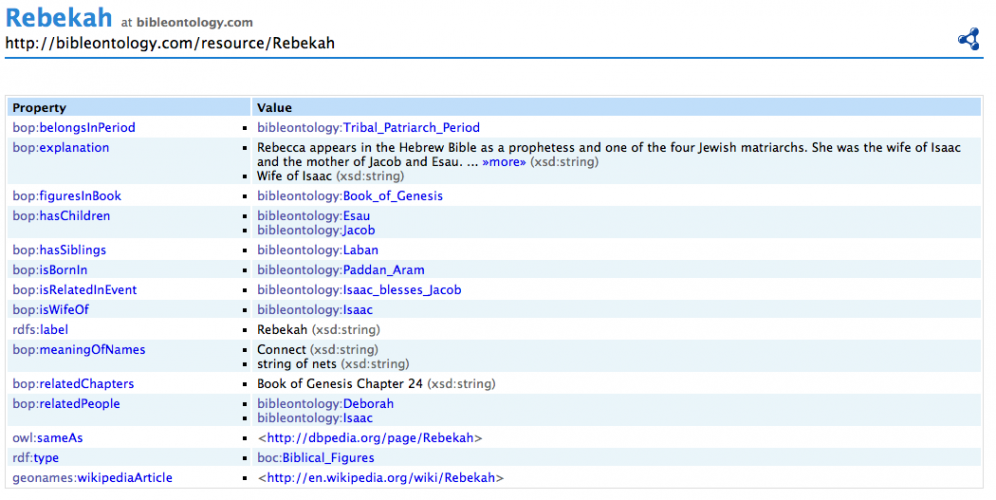Today I’m presenting a talk in the ISWC 2014 Workshop on Linked Science 2014—Making Sense Out of Data (LISC2014). The LISC2014 paper is joint work with Paolo Ciccarese, Tim Clark and Richard D. Boyce. Our goal is to make the evidence in a scientific knowledge base easier to access and audit — to make the knowledge base easier to maintain as scientific knowledge and drug safety regulations change. We are modeling evidence (data, methods, materials) from biomedical communications in the medication safety domain (drug-drug interactions).
The new architecture for the drug-drug interaction knowledge base is based on:
- the new, best-in-class argumentation ontology for scientific publishing, the Micropublication Ontology,described in Tim, Paolo, and Carole Goble‘s Journal of Biomedical Semantics article in July 2014 (doi:10.1186/2041-1480-5-28); or see the ontology itself)
- the Open Annotation Data Model for linking quotes (in our case to link claims, data, methods, and materials in Micropublications directly to the source text in biomedical papers and drug labels)
- the Drug Interaction Knowledge Base (DIKB) an existing, hand-constructed knowledge base of evidence about drug-drug interactions, including its evidence taxonomy
This is part of a 4-year National Library of Medicine project, “Addressing gaps in clinically useful evidence on drug-drug interactions” (1R01LM011838-01)
Abstract of our paper, “Using the Micropublications ontology and the Open Annotation Data Model to represent evidence within a drug-drug interaction knowledge base.”:
Semantic web technologies can support the rapid and transparent validation of scientific claims by interconnecting the assumptions and evidence used to support or challenge assertions. One important application domain is medication safety, where more efficient acquisition, representation, and synthesis of evidence about potential drug-drug interactions is needed. Exposure to potential drug-drug interactions (PDDIs), defined as two or more drugs for which an interaction is known to be possible, is a significant source of preventable drug-related harm. The combination of poor quality evidence on PDDIs, and a general lack of PDDI knowledge by prescribers, results in many thousands of preventable medication errors each year. While many sources of PDDI evidence exist to help improve prescriber knowledge, they are not concordant in their coverage, accuracy, and agreement. The goal of this project is to research and develop core components of a new model that supports more efficient acquisition, representation, and synthesis of evidence about potential drug-drug interactions. Two Semantic Web models—the Micropublications Ontology and the Open Annotation Data Model—have great potential to provide linkages from PDDI assertions to their supporting evidence: statements in source documents that mention data, materials, and methods. In this paper, we describe the context and goals of our work, propose competency questions for a dynamic PDDI evidence base, outline our new knowledge representation model for PDDIs, and discuss the challenges and potential of our approach.
Citation: Schneider, Jodi, Paolo Ciccarese, Tim Clark, and Richard D. Boyce. “Using the Micropublications ontology and the Open Annotation Data Model to represent evidence within a drug-drug interaction knowledge base.” Linked Science 2014 at ISWC 2014.
